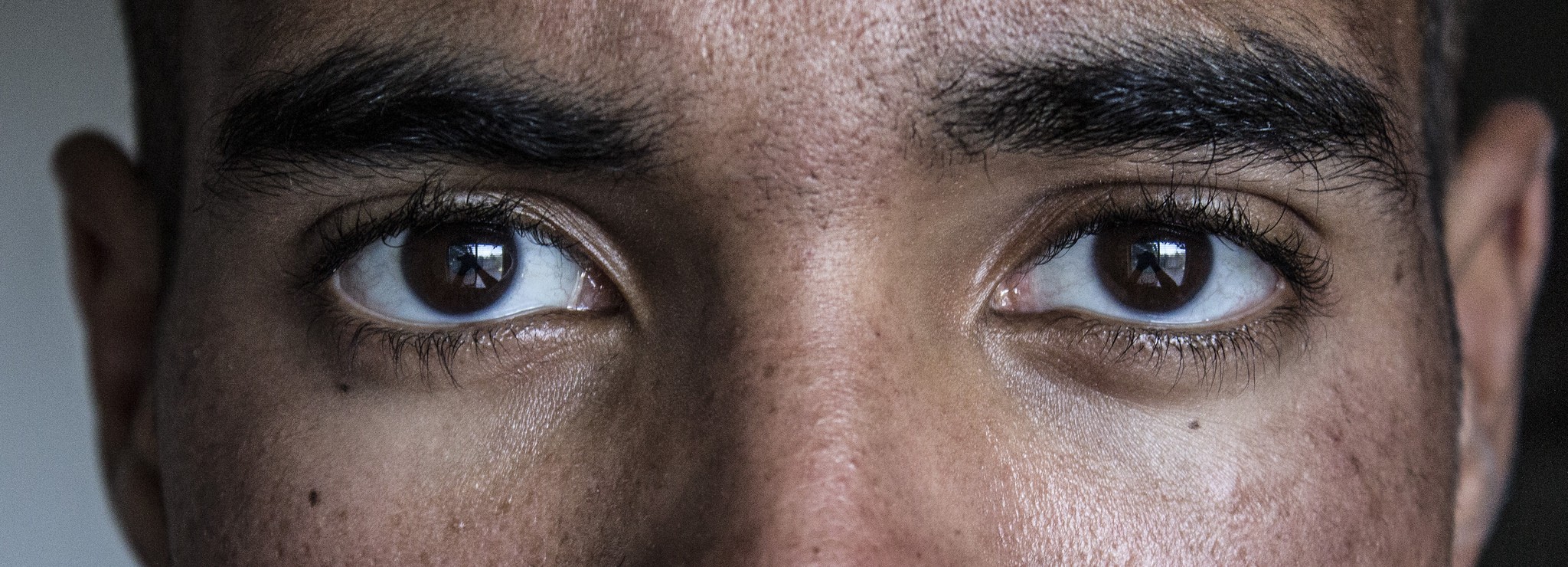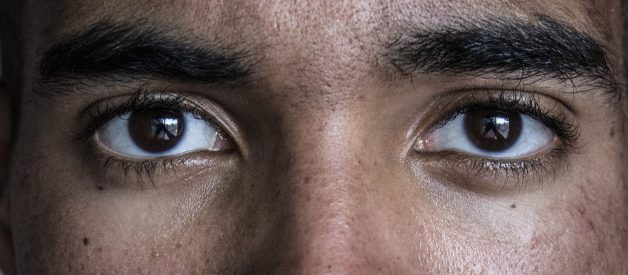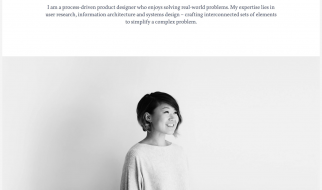 Photo Credit: Demietrich Baker/ Flickr / Creative Commons
Photo Credit: Demietrich Baker/ Flickr / Creative Commons
Design thinking is a process, mindset, and approach to solving complex problems.
Also known as human-centered design, it is a philosophy that empowers an individual or team to design products, services, systems, and experiences that address the core needs of those who experience a problem.
It has been championed by Nobel Prize laureate Herbert Simon, developed and taught by the Stanford University Design School, and used by firms like DC Design to design effective and impactful solutions to challenges that are concentrated with a small group of people and those that are systemic.
What distinguishes human-centered design from other problem solving approaches is its obsessive focus on understanding the perspective of the person who experiences a problem, their needs, and whether the solution that has been designed for them is truly meeting their needs effectively or not. At its most effective, the very people who experience a problem the most are a constant part of the design process and when possible, become part of the design team itself.
While the Human-Centered Design process has many forms, the model we use at DC Design has 5 key phases. Read on to learn how you can apply this process.
Note: Everyone is a designer, whether we like it or not, our choices create the systems we live within.
1. Empathize:
The foundational principle of human centered design is that you should truly understand the people who experience a problem before you design a solution to serve them. Empathy is about understanding the problem by immersing yourself in the community that will be affected by your design. Designers spend time talking directly with those who experience a problem, observing how their environments work, and consulting experts on the issue to fully grasp all the challenges that need to be overcome in order to create a solution. This stage, and the design process as a whole, is about asking questions instead of making assumptions about why things are the way they are. Those who can adopt a ?learner?s mindset? when approaching problems that affect other people will have the greatest success in creating solutions that make an impact.
This is the most important part of the process, focusing on participatory action research ? not just documenting the user, but engaging them in the brainstorming, modeling, and prototyping as well.
2. Define:
This step helps set up the rest of the process. After learning as much as you can about the issue you?re looking to solve, define the problem by focusing on the key action that you want to accomplish. Most often people try to define problems as a mix of problem and solution. Some examples of the statements we?ve heard are ?We need more money.? ?We need to pass a law.? ?We need to build more jails.?
These statements are bad examples of how to define a problem. As a human centered designer, you should always be asking why. Why do we need more jails? What are we really trying to accomplish? The answer might be something like, ?We need a way to maintain public safety.? That?s the real problem you want to focus on. The way you define the problem is important and should be phrased in a way that allows for creativity in how it could be addressed.
With this statement, designers can come up with a variety of potential solutions. This statement will serve as the thesis that the team can repeatedly check solutions against throughout the process to ensure that they?re actually tackling all aspects of the problem.
3. Ideate
Now having come to better understand the perspective of the person who experiences the problem during the empathy phase and defining an actionable problem in the define stage, it?s brainstorm time. Come up with as many solutions to the problem you defined as possible. This is best done in teams where each team member writes down the ideas they have one at a time and place them on a board for everyone to see. One key thing to keep in mind here is that this isn?t the time to judge whether ideas are good or bad, practical or outlandish. The goal is to come up with as many ideas as possible. When we judge ideas as they come out, it shuts down the creative process. Often an impractical idea scaled back slightly can become exactly the type of novel solution that you?re looking for.
Additionally, don?t be afraid to include those who live with a problem in the brainstorming process. At DC Design we embrace a concept known as co-design where we work right alongside those we are aiming to design for. By having them involved in the process, you?re likely to get more nuanced solutions that are bottom-up, not top-down.
4. Prototype
Designers put ideas to action by creating low-cost experiments to test their ideas. These experiments or prototypes can be created for physical products, virtual interfaces, processes or systems. In any of these situations, the goal is to create something you can test with those who live with the problem in order to see if it works. For physical and virtual products, this is often a model of the designs you have in mind. In the case of services, build out a model with actionable steps and a workflow that can be simulate either in the real world or through role-play. Given that it?s a prototype, it?s considered a work in progress, not a final solution. A good practice is for designers and participants to have multiple prototypes and experiment to see which one is best suited to meet the needs of the person they are designing for.
5. Test and Iterate:
Put the ideas and prototypes to test. This is where designers identify flaws, weaknesses, and gaps in the design, improving it along the way. The person who lives with the problem is asked to test the model or the prototype repeatedly and see if it addresses all aspects of a problem. It is particularly important when testing that you are not trying to defend your solution. Your goal is to use your prototype as a way of learning more about the people you are designing for. What do they like about it? What don?t they like about it. Why is that? If you can look at this as an opportunity to learn more about what the best solution would look like for those who need it, you?ll be able to produce a solution that has significantly more uptake than one where you forced your ideas through.
While this may seem like the end, the design process is meant to be dynamic and cyclical. It is often not linear, but you will only realize what your next step is once you are in the midst of the design process. For instance, in the prototyping stage, one might realize that the ideas they are prototyping don?t actually meet the need that was defined. That might mean the designer needs to brainstorm further, or understand nuances of the problem even more deeply. So that would take them back to earlier stages in the process. This is a fluid, continuous process until all the participants are satisfied and a solution has been identified that truly addresses the problem. Stick with it! The cycles get shorter the further along you go and the more you practice using it.
Learn about human-centered design thinking; here are some books and website to dig deeper:
BOOKS
Brown, Tim. (2009). Change By Design. Harper Business.
The Art of Innovation (Tom Kelley, IDEO)
Innovating for people: Handbook of human-centered design methods. (2012). Pittsburgh, PA: LUMA Institute, LLC
Giacomin, J. (2014). What Is Human Centered Design? The Design Journal, 17(4), 606?623.
WEBSITES
Home
Edit description
dcdesignltd.com
https://dschool.stanford.edu/resources/


